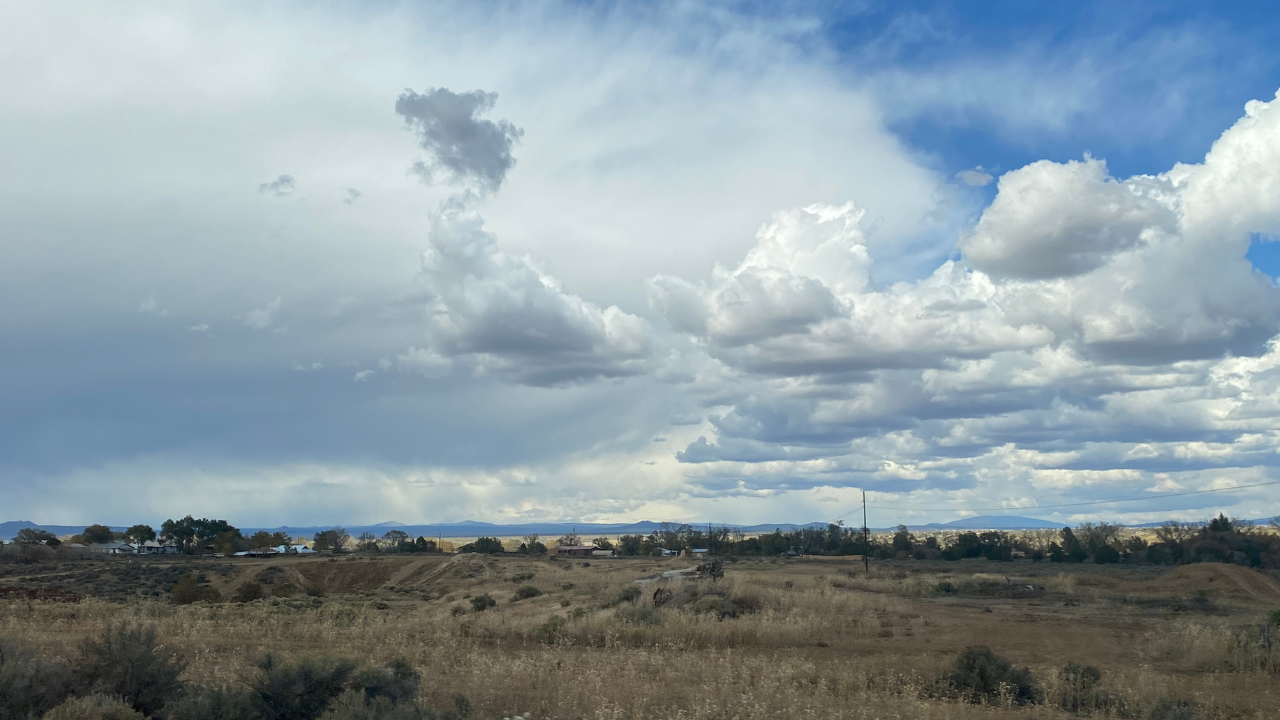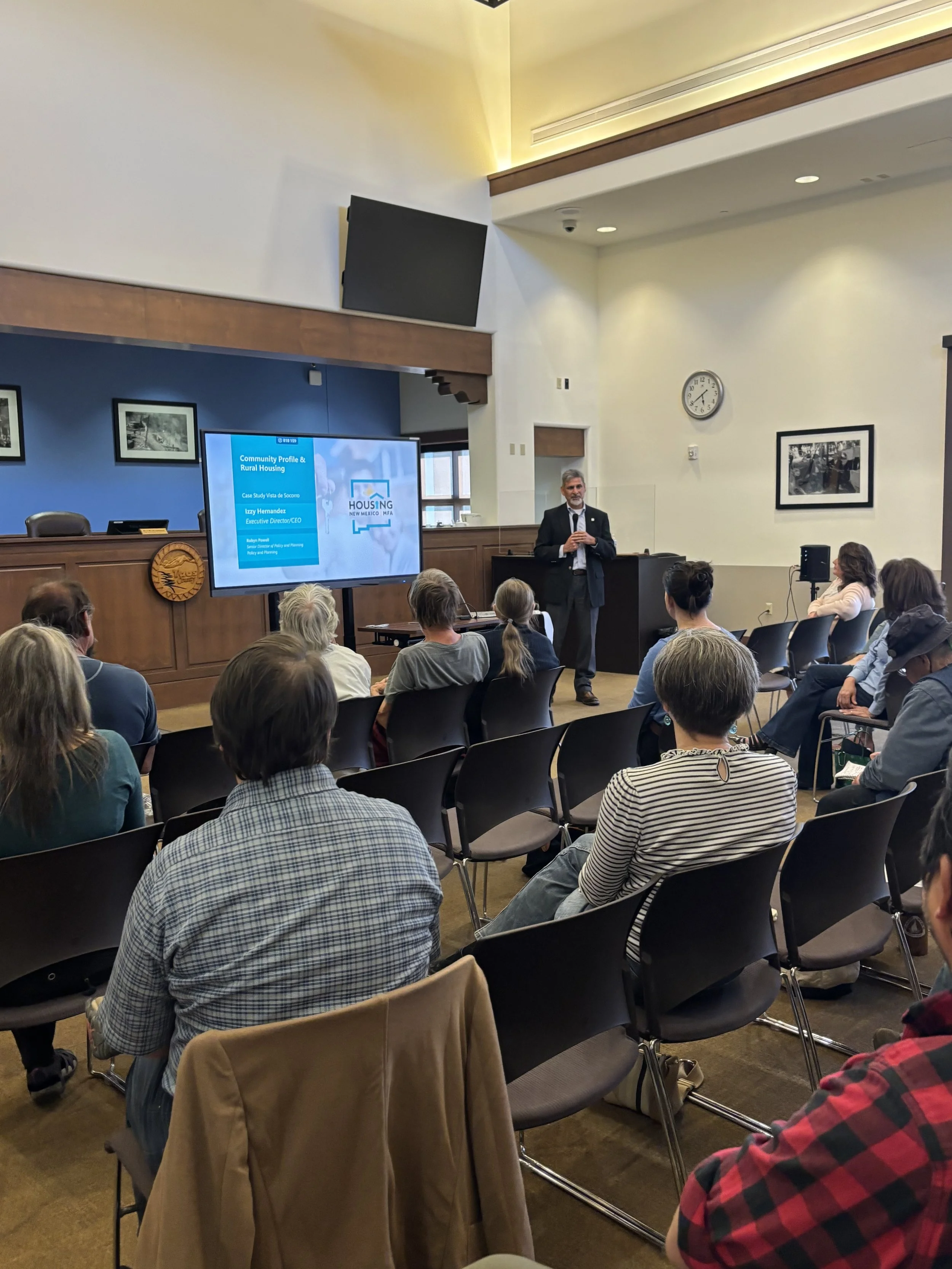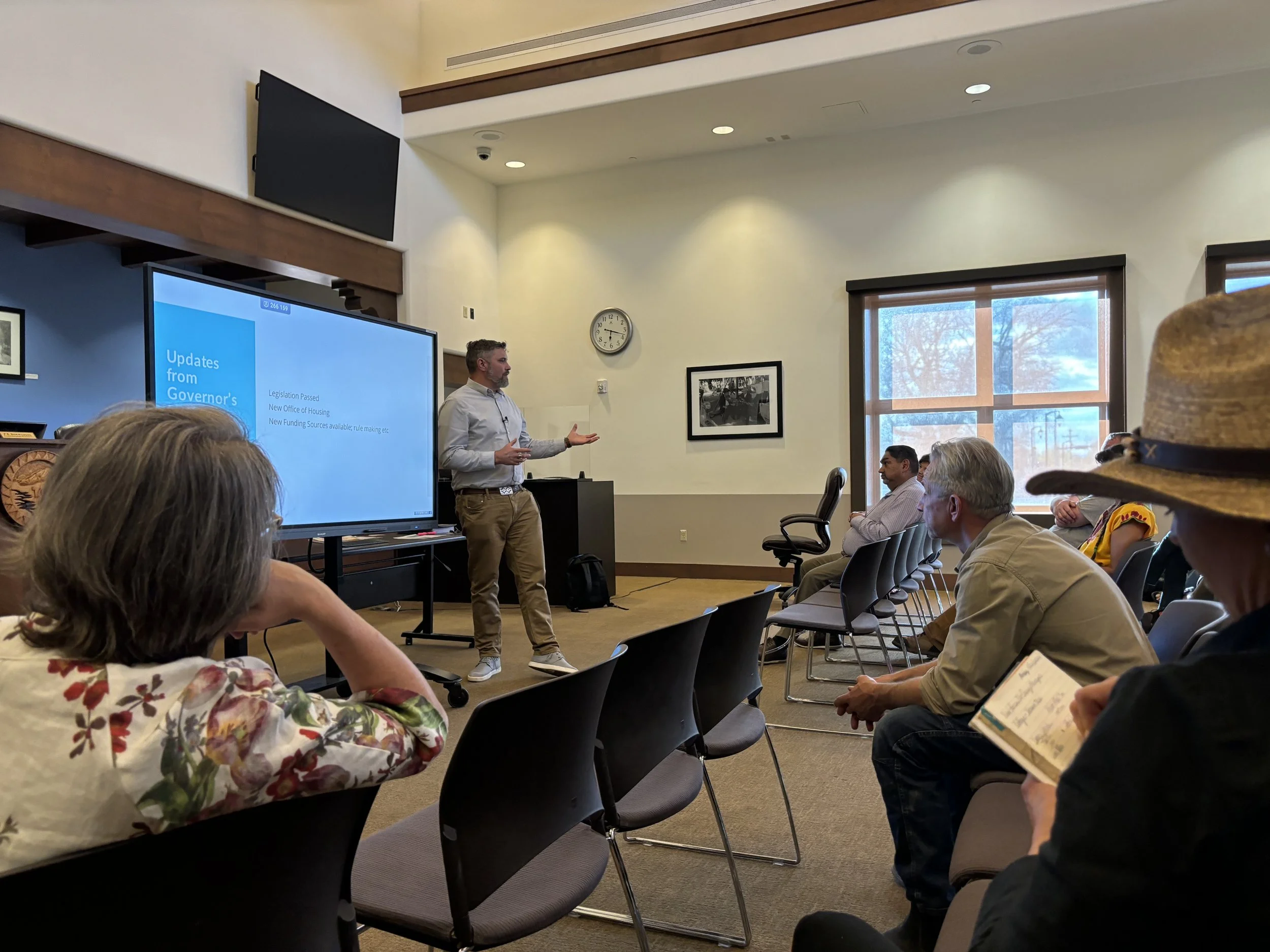
Learn
Educational resources, useful links, and more
-

2025 Area Median Incomes
Taos County’s Area Median Income (AMI) calculations are updated annually. Here are the 2025 numbers. AMI charts are used to determine who qualifies for affordable housing programs across the country.
-

Watch: Affordable Housing Speaker Series
THP’s 2025 Affordable Housing Speaker Series has been an amazing opportunity to learn about the various facets of affordable housing from local and statewide experts! Watch all recorded events so far at the link below.
-

Watch: Housing Economics 101
Carlos Gemora of Sites Southwest gave a fascinating and thought-provoking presentation on Housing Economics at Taos Housing Partnership’s community event on October 24, 2024. Taos Housing Partnership also premiered two short films from the new “Why Housing Matters” series, in collaboration with True Kids 1.
-

Affordable Housing Outlook 2024- Livestream
At THP’s Community Event on April 22, 2024, Executive Director Lisa O’Brien and THP Consultant Jenn Lopez, President of Project Moxie, discussed latest updates from Taos Housing Partnership. Daniel Werwath, Senior Housing Policy Advisor from the Office of the Governor, also spoke about the current Statewide context.
-

THP Predevelopment Fund Overview
In August 2023, Taos Housing Partnership (THP) hosted a Predevelopment Fund Overview Session as an opportunity to learn more about the THP Predevelopment Fund.
-

THP Best Practices in Housing Development
This slideshow, originally presented in July 2023, gives insight into best practices of affordable housing development and THP’s strategies to address housing challenges in our community.
-

Taos Housing Market Data Report
Updated in July 2023, this report shares key Taos housing market data including our community’s population trends, housing demands, and afforadability analyses.
-

Town of Taos Affordable Housing Plan
This slideshow, published in the summer of 2020, presents the findings of housing needs assessment for the Town of Taos and a corresponding plan to address housing challenges.
-

Taos County Affordable Housing Plan
Published in June of 2020, the Taos County Affordable Housing Plan comprehensively examines housing needs for all residents and provides corresponding recommendations to address housing challenges.
-

New Mexico Housing Strategy
Published by the New Mexico Mortgage Finance Authority in the fall of 2022, the Housing Strategy informs strategic action on the part of local governments and partner organizations.
Glossary of Housing Terms
The world of housing is chock-full of acronyms and terms that can be confusing for folks who may be new to engaging with the topic. As part of our goal to educate our community, we’ve included some housing terms and their definitions below, in laymen’s terms. We hope this is a helpful starting point as we continue to address housing challenges together!
Affordable Housing
Traditionally, affordable housing refers to housing that costs no more than 30 percent of a household’s gross income (income before taxes are taken out) every month. For example, if a household brings in $3,000 in monthly gross income, they would be able to affordably devote $900 each month to paying a rent or mortgage and any expenses associated with housing such as utilities, property taxes, etc.
Practically speaking, the term “affordable housing” may mean different things to different communities or even to different people living in the same community. Some use the term to refer specifically to housing that is subsidized by the government. For this reason, you may hear terms like “below-market housing” or “attainable housing” to describe housing options that do not place a financial burden greater than 30 percent of monthly gross income on residents.
Area Median Income (AMI)
Area Median Income is the midpoint of the income distribution for a specified geography. In the simplest terms, if you lined up every household in a given region from those earning the highest incomes to those earning the lowest, the income earned by the household situated in the exact middle of that line would represent the area median income. Half of households in the region earn more than the AMI and half earn less.
In the United States, area median incomes are often broken down by county, and they are used by the US Department of Housing and Urban Development (HUD) to set income and rent limits for affordable housing programs. AMIs are also important for determining how much members of a community can reasonably afford to pay to rent or purchase housing.
Electrification
In the context of housing, “electrification” refers to the move away from using fossil fuels such as propane and natural gas to using only electricity to fuel home utilities and appliances. Heating systems, water heaters, stoves, and other utilities that consume fossil fuels can negatively impact the environment, and fully electrified homes can effectively reduce greenhouse gas emissions to mitigate the impact of climate change.
Infrastructure
Infrastructure as it relates to housing development refers to the systems and services that must be in place to support a house or housing development. This includes things like sewer, water, electricity, and roads.
Predevelopment
Predevelopment describes everything that happens prior to actual construction taking place on a housing project. There are many things that must occur before a housing development is able to break ground, and these can often be the things that are the toughest to fund since they involve some inherent risk that the project doesn’t end up moving forward. Predevelopment activities include things like architectural design, engineering, local land use approvals, and securing financial commitments.
Request for Proposal (RFP)
An RFP is a competitive, transparent process for securing services. RFPs can be used for a variety of purposes in housing development including finding a project consultant, hiring a technical vendor, or determining a suitable development partner.
Short-term rentals (STRs)
Short term rentals, or STRs for short, refer to a lease and occupancy of a residential unit for less than 30 days. These arrangements are often brokered by sites like Vrbo and Airbnb. Short-term rentals may also be referred to as “vacation rentals.”
Zoning
Zoning is a classification of land by the types of buildings that may be developed, how dense those buildings may be, where those buildings can be located on lots, etc. Zoning laws can have a substantial impact on housing in a community since they can encourage or prohibit where housing may be built as well the type of housing that may be built.
